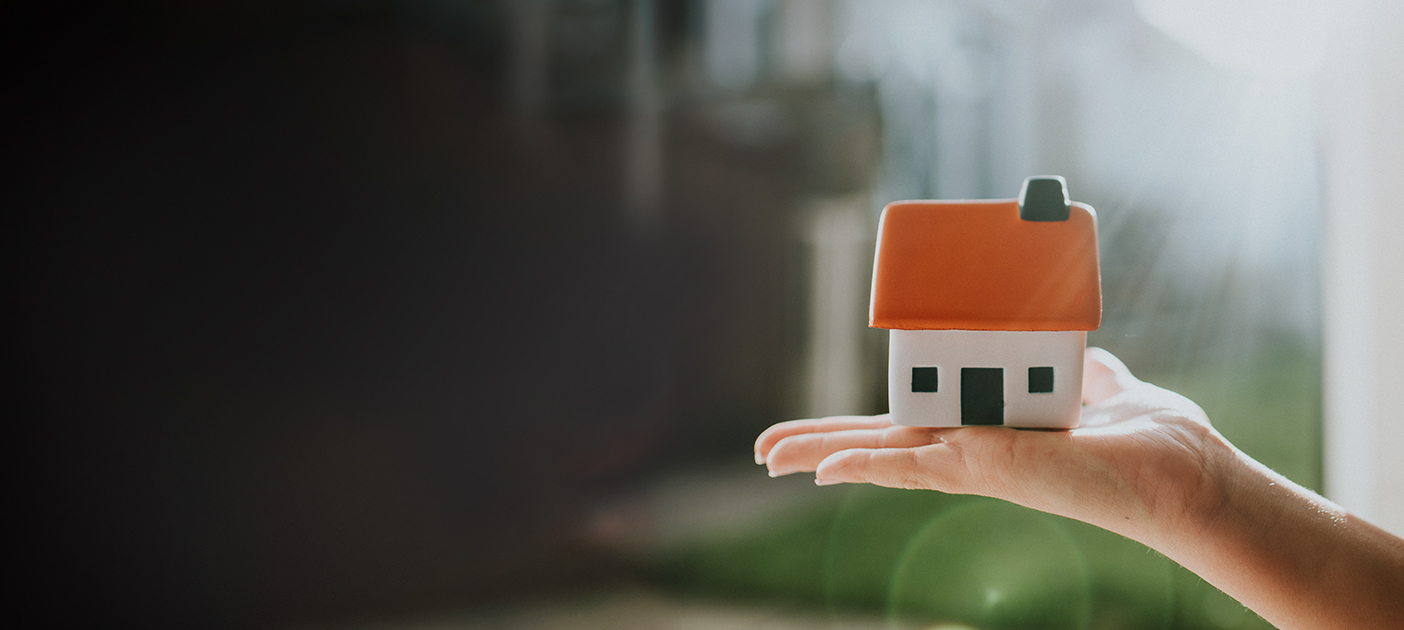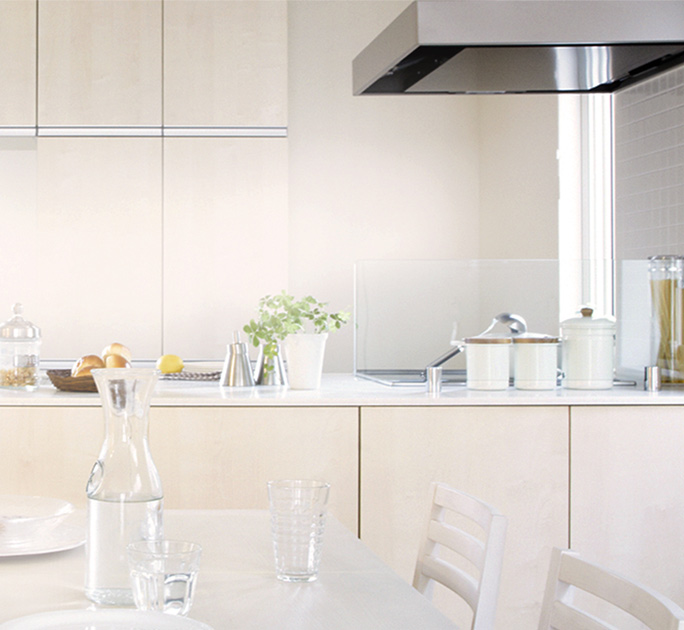Should I use CPF or cash when buying a home?
By Lynette Tan
![]()
If you’ve only got a minute:
- Using your CPF money to help finance your home purchase may be useful, but it comes with opportunity costs.
- It is best to use a mix of cash and CPF monies to finance your home purchase.
- Remember that the main goal of CPF is to build up your retirement savings, so exercise prudence when planning your home budget.
![]()
Buying your home could be one of the few occasions in life when you begin to appreciate the contributions you have been making to your Ordinary Account (OA) with the Central Provident Fund (CPF) every month, which may be used to buy a property.
How can you utilise your CPF contributions and what are the advantages or downsides of using your CPF OA savings to finance your home? Find out more in this article.
CPF OA funds – what can you use them for?
When buying a house, your CPF OA savings may be deployed to pay for the following:

Downpayment
Your CPF OA savings may be utilised for your downpayment. Do note, however, that in most cases, you are still required to top up with some cash for this down payment.
Housing Development Board (HDB) flat buyers taking a HDB Concessionary Loan:
Downpayment is 25% of the purchase price, which can be completely paid with CPF OA savings.
HDB flat buyers or Private property buyers taking out a bank loan:
Downpayment is 25% of the purchase price, of which up to 20% may be paid with CPF OA savings, and the remaining 5% in cash.
Deposits for HDB resale flat and Private Resale Property:
Deposits & Option Fees cannot be paid with CPF savings. They must be paid with cash.
Legal fees and stamp duty
CPF OA savings may be used to pay your relevant stamp duty, survey fees and legal fees. Your lawyer can assist you with your application to utilise your CPF OA savings.
Home loan repayments
Your CPF OA savings can also be used to make your home loan repayments. Although you are likely to have exhausted most of your CPF savings for your downpayment, ongoing CPF contributions may be set up to service the monthly instalments for your home loan.

Home protection scheme (HPS) fees
The Home Protection Scheme (HPS) is a mortgage-reducing insurance scheme that protects its members and their families through paying the outstanding HDB housing loan amount (based on the amount insured) in the event of death, terminal illness or total permanent disability before the insured person turns 65.
HPS is compulsory for HDB home buyers who are using their CPF OA savings to pay the monthly instalments of their HDB loans. For HDB home buyers with a bank loan, you may choose to be insured under HPS or purchase a mortgage insurance from a private insurer. HPS insures members up to the age of 65 or until the housing loans are paid up, whichever is earlier.
The premium is paid annually using your CPF savings or cash.
Perks and downsides of using your CPF
What are the considerations to determine if you should use cash or CPF savings to finance your home?
Limited alternative uses of CPF OA savings
The primary purpose of your CPF contributions is to save for your retirement. So, the usage of your CPF OA savings is naturally, quite restricted before you turn 55 years old.
Your home is an exception, though. As shown above, CPF OA savings may be used for some of your home financing needs.

In fact, if we do not have CPF savings, many of us may not be able to afford a home. With HDB resale flats now crossing the S$1 million mark, buying a home is likely one of the costliest purchases in our lives.
A 25% downpayment on a S$600,000 HDB flat will amount to S$150,000 and this is unlikely an amount young couples would have readily in their bank accounts. Relying on your CPF savings might be the booster that enables you to buy your dream home in a choice location.
The opportunity costs of using CPF savings for a home
Although using the CPF OA money for home payment is useful, there is a trade-off. The more CPF savings you use to service your home loan, the less you have for your retirement.
CPF members currently earn interest rates of up to 3.5%* per annum on their OA monies. If these savings are not needed to finance the monthly home loan repayment, you could even transfer them to your CPF Special Account where you can earn up to 5%* per annum on interest.
This interest compounds over the years and will be extremely useful to help build up your retirement nest egg. It is thus very important to exercise financial prudence when planning your budget for a home.
*Source: www.cpf.gov.sg as of time of writing
3 Considerations when using CPF for housing
Our CPF savings have several uses, one of which is to help build up our retirement nest egg. As such, the greater the amount of CPF monies you use for housing, the smaller the amount of funds you would have left for your retirement. The CPF savings used to purchase your flat could have been used to build your nest egg since money stashed in your Ordinary Account (OA) and Special Account (SA) enjoy risk-free interest of 2.5% and 4.0% respectively
Our CPF monies are not unlimited. If you choose to automate the deduction of your monthly home loan repayments from your CPF accounts, there is a possible risk of depleting your OA savings.
In addition, those who are still paying their mortgage beyond age 55 need to be aware that their CPF falls after they reach 55.
*Source: CPF
The decrease in contribution rate can affect the amount you have in your CPF account for servicing your mortgage.
2. CPF Housing Limit
There is a cap on how much CPF savings you can use to finance your home purchase. The table below summarises the different scenarios where the different limits apply.
For example, your resale HDB may cost you S$650,000, but if the HDB values the flat at S$550,000 at the time of your purchase, then your applicable housing limit will be S$550,000. This is applicable if you are using a HDB loan.
If you intend to use a bank loan to pay for your mortgage, you can use your CPF to finance up to 120% of the valuation of your property. Using the valuation of S$550,000 you can use up to S$660,000 if you set aside your Basic Retirement Sum (BRS) in your CPF accounts.
If you are unsure, you can use the CPF Housing Usage calculator to help you.
3. Returning the CPF monies you withdrew
If you have the intention of selling your house in the future, other than paying off your outstanding home loan, do note that you are required to return the CPF monies that you withdrew to pay for your property. The amount that you must refund comprises the principal amount plus the accrued interest on the amount you have used from your OA over the years, as well as the housing grant that you have taken.
If you are 55 and above, the refund will be used to top up your CPF Retirement Account up to your Full Retirement Sum (if applicable). Any balance housing refund will be paid to you in cash, unless you request to retain the balance housing refund in your OA.
In the event of a negative sale (sales proceeds are lower than the outstanding HDB loan and CPF refunds), sellers do not need to top up the shortfall in cash provided the property is sold above or at market value.
How to optimise your CPF for property purchase
As you can see, using your CPF savings for your home purchase is not so straight-forward. There are substantial opportunity costs involved. However, as property prices are high, using our CPF to fund some amount of our property purchases may be necessary. There are, however, smarter ways to minimise the costs involved.
· Paying mortgage instalments with cash
The downpayment for a property is usually a large sum of money, so it may be wise to use some part of our CPF monies to finance that. However, paying your monthly loan repayments with cash rather than your CPF may be feasible, and a better way to optimise your resources.
It will help you build up your retirement funds through the interest compounding effect when you leave your CPF savings in your OA. You can also maximise your retirement funds by shifting some of your CPF OA money to your SA to enjoy higher interest rates.
· “Shielding” your CPF OA savings
Homeowners can choose to keep up to S$20,000 each in their CPF when taking a HDB loan. Other than this $20,000, you will have to use the balance of your available CPF-OA funds to pay for your flat before taking a HDB loan.
Keeping this fund in your CPF OA acts as a buffer and allows homeowners living on tight income cashflows to be able to make monthly payments to HDB if an unexpected event occurs, such as retrenchment.
If you are confident of beating the CPF OA rates of 2.5% over the long term, you can invest your OA money (excess of $20,000) under the CPF Investment Scheme before you make your property purchase. This way, less of your CPF OA savings will be wiped out for your home purchase.
· Refund your CPF money to earn more compound interest
If you have built up quite a bit of spare cash over the years, you can consider refunding some of the cash (principal amount and accrued interest) you have used for your property purchases back to your CPF account, without selling your property.
This will help you to build up your nest egg and reap the benefits of the power of compounding. Do note that these cash refunds are irrevocable till you reach 55. Conditions apply.
Start Planning Now
Check out DBS MyHome to work out the sums and find a home that meets your budget and preferences. The best part – it cuts out the guesswork.
Alternatively, prepare yourself with an In-Principle Approval (IPA), so you have certainty on how much you could borrow for your home, allowing you to know your budget accurately.








That's great to hear. Anything you'd like to add? (Optional)
We’re sorry to hear that. How can we do better? (Optional)